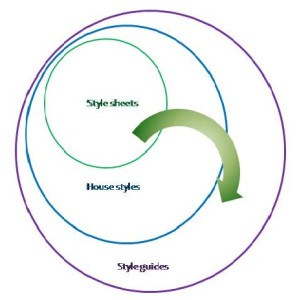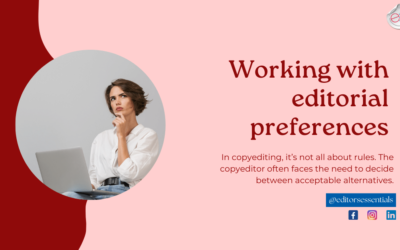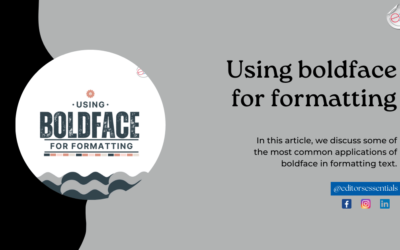We copy editors are always on the lookout for information. Not as aggressive as Google, which accesses and stores every bit of information that comes its way (quite literally), copy editors look out for information that they need. It could be the spelling or usage of a word, checking facts, certain styles specific to the task at hand, or getting the copyright for previously published material. Like a seasoned detective who intuitively knows where to fix his proverbial lens, a veteran in copyediting knows where to look for the information.
Whereas the source of information for the Zillion needs of the copy editor are as big as the size of the needs, l would limit myself in this post to the very basic sources – style sheets, house styles, and style guides.
Style guides are comprehensive — really comprehensive. They detail every element related to typesetting. Style guides do not dictate styles; they provide various ways of styling. They compare and contrast the different styles and let us make informed decisions. They are like the holy religious books that tell us about the various things in life. They may not provide you readymade solutions to the specific problem at hand, but will certainly prepare us to find a solution. (Like the religious gurus that help us get clarity on a specific problem, there are editing gurus associated with these house styles offering editing advice.)
Interesting to note is the fact that many of styles guides were not created with the intention of creating a style guide. What started as an in-house style sheet, with regular addition of information, became what they are today.
Worthy of mention are Chicago Manual of Style, Oxford Guide to Style, ACS style Guide by the American Chemical Society, and Associated Press Style Guide.
Style sheets are the closest to any project. Be it a journal, a book, or a magazine, styles sheet talk about the minutest details of the work. They may tell you which spelling to follow, the punctuation style, how a particular query to the author or editor is worded. They specify the layout. They explain how tables are formatted, aligned, and placed on a page. Style sheets even dictate the page length of certain article types. In cases of journal publishing and book series, the style sheets are provided by the publisher. Book editing almost always expects the copy editor to create a style sheet for the book under editing. These copy editor-created style sheets are usually preserved and used when future revised editions are published.
House styles born out of the necessity of publishers to have a comprehensive style guide for themselves but not as comprehensive as the style guides while not being too specific.
Going back to our initial discussion on seeking information, the copy editor is always inundated with various authentic sources of information. Of course the Internet brings in a pack of self-styled editing gurus whose advice should normally be thrown into the dustbin.

Specifically, when the copy editor is confronted with a need to refer for a style advice, what should they do? This is where Mr Venn appears from thin air and shares with us his wisdom about choosing a relevant work of reference. The three choices in front of us present themselves as perfect subsets as shown in the figure. Information should be sought inside out in this construction. Because style sheets are the closest to the work at hand, the copy editor’s first point of reference is normally the style sheet. If the information sought is not available there, they move on to search the house style. If the information is still not available, then it’s time to turn to the style guides. Rarely do we encounter a situation when none of the three works offer a solution to us, in which case the best is to write to the editor at the publishing house, who can and will provide advice.
A (repeated) note of warning: Referring to the Internet in general and taking whatever advice that comes across is injurious to the copy editor’s health.
Happy referring.




0 Comments